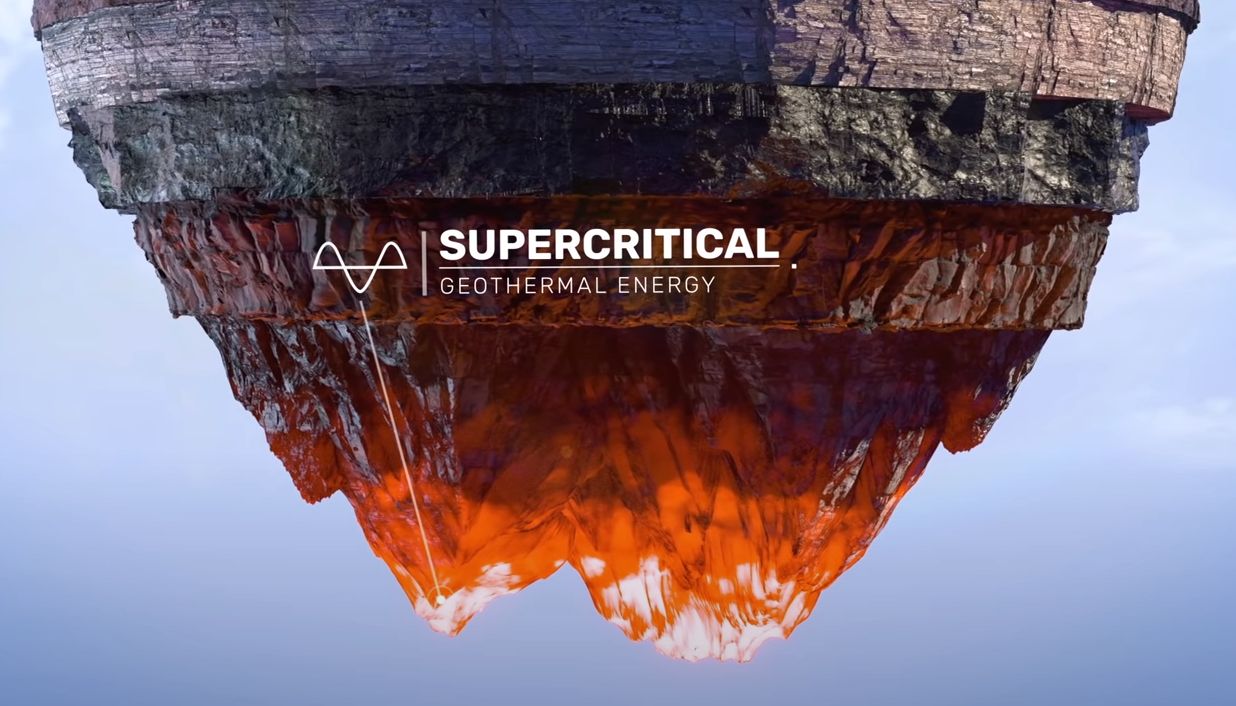We all have the most perfect source of energy under our feet, it is located deep in the Earth and is called geothermal energy. There are very high temperatures below the Earth’s surface, and finally technologies are available that will allow us to reach such a depth and use them to generate electricity. Qaise wants to become a pioneer in this technology.
Drilling into the earth’s crust
The company will use technology that can penetrate the earth’s crust. That tool is a large millimeter-wave laser drill that will allow engineers to bore down more than 12.4 miles (20 km) into the Earth’s crust to harness the heat from the planet’s core. While some people believe that nuclear fusion is the best source of energy, maybe geothermal energy is a much better source. What do nuclear fusion and geothermal energy have in common? Link to nuclear fusion is that this laser drilling technology is being pioneered by a spin-off company called Quaise from MIT who also run a nuclear fusion reactor in Massachusetts. Qaise has big plans, it would like to introduce several machines by 2024, which will be used to demonstrate what this technology can do. By 2026, the company would like to operate a supercritical geothermal power plant with an output of 100 megawatts.
Depth at which it is hot enough
It is necessary to reach a great depth, because at a depth of 20 kilometers the temperatures are around 500 ° C. At this stage and depth, water under the ground becomes “supercritical,” a state of matter where it’s neither a gas nor a liquid.
“A power plant that uses supercritical water as the working fluid can extract up to 10 times more useful energy from each drop when compared to non-supercritical plants,” a spokesperson from Quaise told New Atlas. “Aiming for supercritical conditions is key to attaining power densities consistent with fossil fuels.”
Extreme energy source
According to the company, there is no better source of energy than geothermal. There is 20 billion times more heat under our feet than the entire world’s energy consumption. Merely 0.03% of global energy is delivered from geothermal despite this richness. Something like this may change in the near future, and geothermal energy may become the main source of electricity for humanity. There is a theoretically unlimited supply of energy in this supercritical fluid. Just 0.01% of it would provide far more wattage than the world uses. Can you imagine using this energy?
The key is to get underground
How to get deep underground? Qaise uses a 1970s technology called Gyrotron. With the help of a nuclear fusion reactor, water is heated to the plasma.

With the help of lasers and supermagnets, a temperature of 90-150 million degrees Celsius is then reached. The gyrotron is one of those lasers, and it generates electromagnetic waves in the millimeter-wave spectrum, shorter than microwaves and longer than infrared or visible light. Qaise has received a large amount of funding to begin the project.

Compensation for coal-fired power plants?
Qaise would like to use coal-fired power plant infrastructure. Coal-fired power plants would be transformed into devices that can obtain energy from the depths of the Earth.
“There are somewhere upwards of 8,500 coal-fired power plants around the world, totaling over 2,000 gigawatts of capacity, and they’ll all have to find something else to do by 2050,” writes Loz Blain at New Atlas.
So far, this is the melody of the future. A lot of financial investment will be needed for the project to work, and further developments in the area of fusion response are also needed. If this project succeeds, humanity will get the best source of energy. While wind farms and solar power plants take up a lot of space, a geothermal energy source would take up only a minimum of space and the world would cease to be dependent on fossil fuels.
Source:
https://www.quaise.energy
https://www.goodnewsnetwork.org/super-critical-geothermal-energy-is-the-perfect-energy-source/
https://newatlas.com/energy/quaise-deep-geothermal-millimeter-wave-drill/





